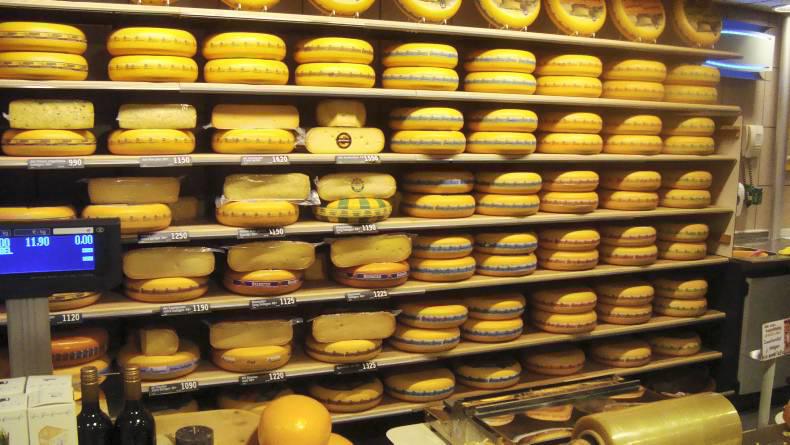The report predicts an annual growth rate of 2.4% in world markets for dairy commodities between now and 2025. This will add 1.4 million tonnes of dairy commodities to the market each year, which is less than the average of 1.9 million tonnes extra production seen over the last 10 years.
According to the report, only 7.5% of the world’s dairy production will be traded by 2025, which could cause imbalances leading to price volatility.
The recent reduction in buying, particularly from China and exacerbated by Russia’s import ban, was offset somewhat by growing population in developing countries and added demand from consumers in the developed world who changed their eating habits back to butter and cheese.
The report estimates world milk prices will recover to moderate levels in the short to medium term but will rise faster between 2020 and 2025. It also states that China will continue to be the world’s main dairy importer, accounting for 22% of world dairy trade.
European potential
Since the end of milk quotas, the EU has more potential to grow milk production and gain a bigger slice of world exports while New Zealand is more constrained by its lack of natural resources.
New Zealand production is expected to grow by an average of 1.7% annually, down from 5.2% annual growth over the last 10 years. New Zealand will remain the world’s biggest exporter, with 31% of the world trade, while Europe’s share of global exports will rise to 28% by 2025.
More cheese will be produced over the same period, with production expected to reach 11.2 million tonnes by 2025. Most of the extra cheese will be consumed in domestic markets.






 This is a subscriber-only article
This is a subscriber-only article










SHARING OPTIONS: